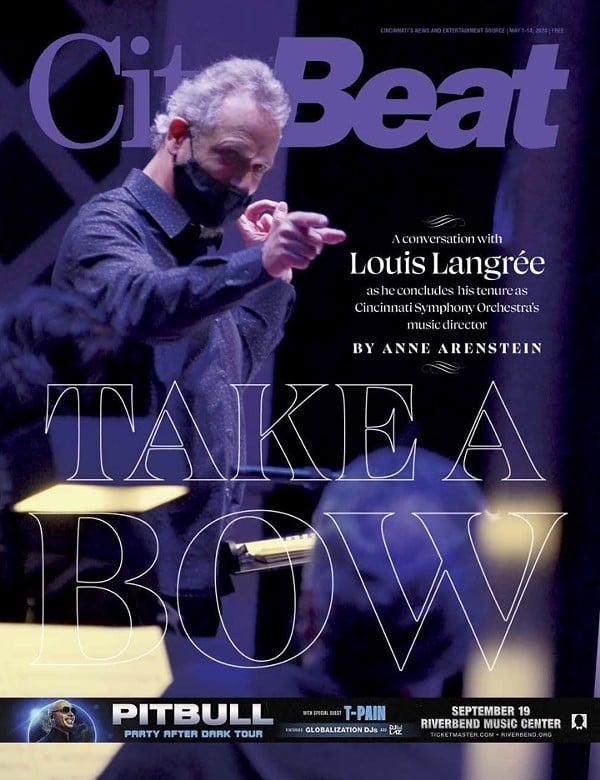To listen to Variety’s 3-D guru David Cohen talk you’d think that we’ll all be wearing 3-D glasses for every movie we see in the coming years. He compares the advent of 3-D to the arrival of sound in cinema.
You’d never hear Cohen say that only 70 percent of the population can properly see 3-D due to a variety of ocular anomalies that include things such as color blindness. Naturally, that means only seven out of every 10 people can actually see 3-D. You won’t read anything in Entertainment Weekly about 3-D audiences who suffer from constant eye-watering or debilitating migraine headaches during or after watching a 3-D movie. You certainly won’t read about audience members who crashed their cars after seeing a 3-D film.
That’s because the most important aspect of Hollywood’s current force-feeding trend of stereoscopic “immersion” has more to do with raising ticket prices across the board on all movies than it does in delivering a quality 3-D experience.
At the recent Consumer Electronics Show in Las Vegas, Panasonic was giving away DVD copies of Avatar with their latest 3-D televisions as if it were the best example of a 3-D film to show off their product. Little do they realize that the convergence level on the cameras used for Avatar were set to keep its 3-D effects behind the proscenium. It’s the same conservative approach being used by the current flood of 3-D filmmakers who are either too timid to put the technology through its paces or simply aren’t skilled in the complex practice of planning, setting up and lighting the shots for the off-the-screen effects that we go to 3-D movies for in the first place.
Such before-your-eyes tricks are referred to in the industry as “breaking the window.” It gives 3-D films their kick. The only 3-D movie of 2010 to take advantage of the practice was My Bloody Valentine. Disney’s idea of 3-D is just to blow up the images. It’s an open-handed insult to the technology and to the audience.
Hollywood is attempting to blur the line between “high definition” and “3-D” to acclimate audiences to spending more for an “immersive” experience that might be pretty but has little to do with the very thing 3-D is supposed to accomplish — namely put the audience inside the fourth wall.
The best way to judge the current barrage of crummy 3-D movies is to compare a standard-bearer like Avatar with the far more “immersive” experience you’ll have watching Hubble 3D on a real IMAX screen — beware the mini IMAXs. Then seek out a rare screening of Andy Warhol’s Frankenstein in 3-D — be sure to sit middle/center for this one. What you will come away with is a sense of how inferior Avatar is against Hubble 3D — for the obvious reasons that the audience experiences Avatar’s effects only in depth behind the screen, whereas the IMAX 3-D process used in Hubble brings the action in front of the viewer’s face.
Warhol’s take on the format illustrates the suitability of 3-D to embellish a campy horror movie filled with gross-out gore that flies off the screen. When I think of the thrill of 3-D, I think of films like Frankenstein or Journey to the Center of the Earth, not Avatar.
True IMAX cinemas can get away with charging a premium because of the screen size and specialized glasses. But the mini-IMAX cinemas have screens that much smaller in size. As well, most IMAX 3-D pictures run considerably shorter than an hour, which keeps them out of feature film range.
Hollywood has succeeded in giving audiences two reasons to boycott 3-D movies: cost and quality. Making movies is expensive regardless of whether they are 2-D or 3-D, so it doesn’t make sense to charge any more for a 3-D feature. Retrofitting cinemas with projectors that can handle 3-D should be absorbed by the big studios as the cost of doing business, or in this case conducting a large-scale experiment with filmgoers as the guinea pigs.
James Cameron believes that audiences should require 3-D because, “We see in 3-D.” But what he doesn’t admit is that we don’t have to wear special glasses to watch 2-D movies. I like 3-D if it’s done well. Its defenders will argue to the death that the process is not a gimmick, but we all know it is. Personally, I don’t want to put a pair of 3-D glasses over my own glasses for every movie I watch. I’ve never seen a 3-D film that comes close to the best 2-D films I’ve seen.
Out of work Americans won’t find any solace in the current 3-D explosion that’s creating thousands of post-production jobs in India. The systemic greed at the heart of Hollywood’s 3-D craze is intrinsic. If 3-D is to attain any lasting stronghold with audiences it must be used aptly to embellish stories whose dramatic effect will gain something from it.
Last year’s Piranha was a terrible disappointment because it was an ideal opportunity for the filmmakers to put the audience in the water with the schools of demonic fishes. But rather than hiring a cinematographer versed in 3-D, the production used a director of photography who had never made a 3-D movie before. Sadly, this is a standard practice in Hollywood where 3-D filmmaking experience is seen as an obstacle rather than an advantage.
The first 3-D films in America (Rural America and Niagara Falls) were shown in 1915 in Manhattan. There were 3-D films made in the 1920s and ‘30s before hitting a boom in the ‘50s with films like Arch Oboler’s seminal Bwana Devil. The format hit another streak in the 1980s with sequel films like Jaws 3D and Amityville 3-D.
In the 21st century, the technology is going through another reintroduction, albeit during an economic depression that challenges Hollywood to improve the quality of its 3-D films, and to stop charging more than normal ticket prices for the experience. Personally, I think audiences should boycott 3-D films until Hollywood gets the message that they can’t charge extra, and that 3-D means breaking the fourth wall in a big way.
Companies like Cannon, Fuji and JVC are delivering consumer 3-D cameras so that anyone can experiment with format. It’s only a matter of time before independent filmmakers are creating 3-D films that compete with Hollywood’s monopoly. But it still doesn’t mean that all movies should or will be made in three dimensions. It’s simply not equal to the advent of sound or color in cinema.
As for the James Camerons of the world, I suggest they take a look at Andy Warhol’s Frankenstein and see what they’re missing.





